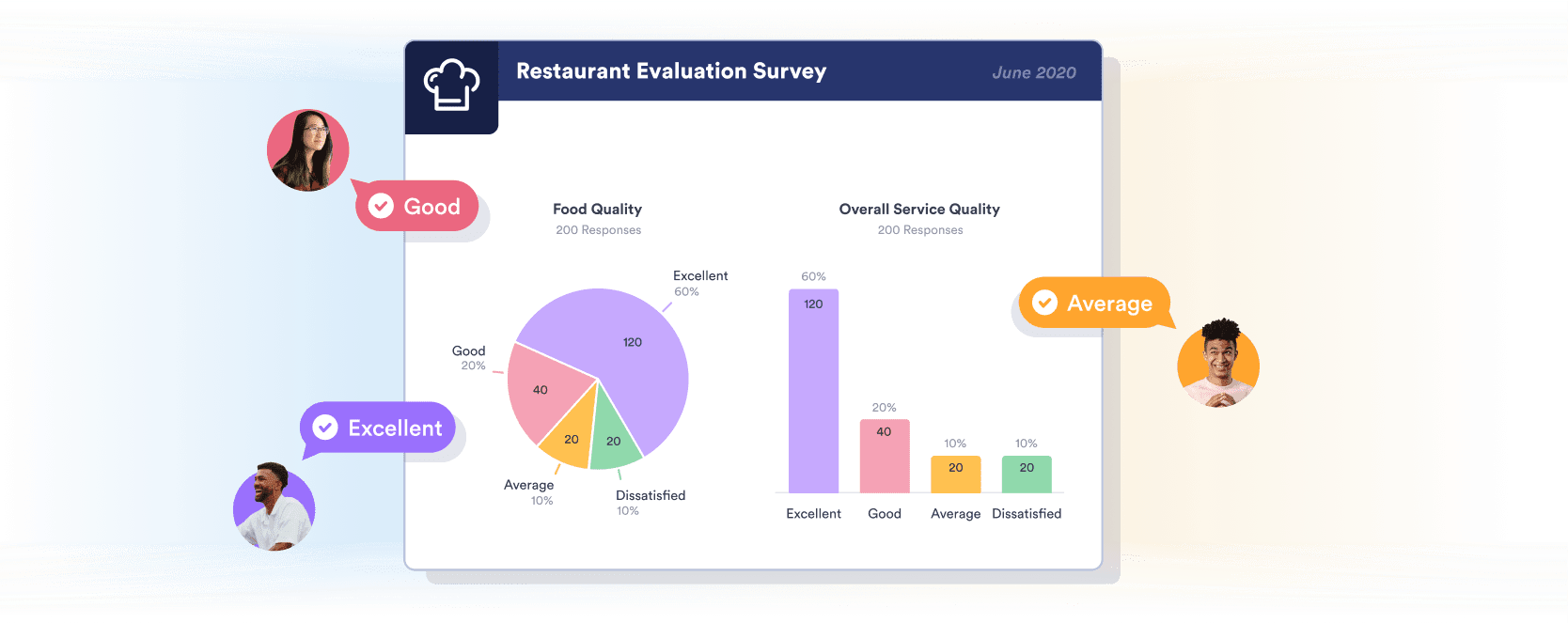WHITE PAPER
3 ways to cut costs from business processes with digital transformation
はじめに
Running a business is expensive. As the saying goes, “It takes money to make money.” However, new technology solutions allow businesses to be smarter about how they spend their money.
One increasingly common way to cut business costs is by shifting legacy, paper-based processes online, a process known as digital transformation.
Digital transformation is a great way to cut costs by increasing efficiency, reducing paper use, and streamlining operations. In this e-book, we’ll share some best practices to help you make the jump to digital. We’ll also examine different market and environmental factors that can drive up business costs.
Outside factors that affect the bottom line
Certain economic, environmental, and consumer factors have a significant impact on the costs incurred by businesses. These factors, though largely uncontrollable, are still important to recognize when examining your business’s cost structure. Below are some outside factors that contribute to business costs.
Market volatility
Financial markets are cyclical, subject to regular expansions and contractions. At the time of writing, high interest rates and inflation have created a bearish market. This business environment has led to revenue shortfalls for many organizations, often accompanied by layoffs.
Inflation
In recent years, high inflation rates have become an increasing concern worldwide. High rates of inflation cause the price of essential goods and services to increase, pushing up business costs overall.
消費支出
PYMNTSとLendingClubの新しいレポートによると、2023年1月時点で、高所得者の45%を含む米国成人の60%がその日暮らしの生活をしています。これに加え、高金利のためにクレジットの取得や利用が難しくなっていて、様々な企業の収益に影響を及ぼしています。
Cybersecurity threats
Cybersecurity threats are an ever-present financial risk to organizations. According to Kaspersky, the frequency of cyberattacks increased in 2022. It can be very costly for businesses to recover from data breaches and defend against future attacks. A review of recent and historical occurrences underscores the reality of this problem.
Cutting costs with digital transformation
Though outside factors are largely uncontrollable, there are many ways to leverage technology to reduce costs internally. One of the best ways to cut costs within your organization is to digitize legacy processes. Let’s look at three different ways to cut down on costs through digital transformation.
Digitizing paper processes
Digitizing paper forms and processes can have an immediate impact by eliminating the costs of paper, printing, and storage. Maintaining paper processes is time-consuming, inefficient, and expensive. According to McKinsey, digitizing information-intensive processes can cut costs by up to 90 percent.
According to McKinsey, digitizing information-intensive processes can cut costs by up to 90 percent.
One paper process ripe for digitization is form-filling and information collection. Paper forms are widely used in all industries, whether it be for reservations at a restaurant, or patient intake at a hospital. Digitizing your organization’s forms is an easy way to cut costs and increase the security of customer data.
A good online form builder will guarantee that the data entered is encrypted, providing greater security compared to paper forms. It should also be easy to use and allow immediate access to your data via mobile notifications, data tables, integrations, and more.

Another important process to shift to digital is record-keeping. According to a report from Deloitte, “The cost of electronic records management, even when backed up for data recovery (DR) purposes, is less than one-fifth of the cost of physical record management.” Additionally, electronic records are also easier to search, filter, and report on when stored on a holistic data management platform.

記録管理のデジタル化から最大のメリットを得るには、業界をリードするセキュリティ、堅牢なワークプレイスコラボレーションツール、電子メール通知、自動レポート、カレンダーオプションなどのワークフロー自動化機能を備えたソリューションを探しましょう。
Another opportunity to cut costs is by digitalizing the process of collecting signatures. While physical, paper contracts may be familiar, the process of collecting signatures for them is often expensive and inefficient. E-signature solutions can save organizations time and money by reducing costs associated with paper, streamlining delivery, and providing a digital audit trail to track the status of documents. Compared to pen-and-paper signatures, digital signatures are more secure, less expensive, and easier to collect.

When evaluating vendors for these and other paper-based processes, consider the pros and cons of single-service providers vs holistic solutions. While specialized services have their advantages, they can lead to increased costs and complexity when you have to use multiple solutions for different functions. Look for flexible solutions with a track record of innovation that will support your organization’s efforts to grow and scale.
“Using electronic forms has allowed us to accomplish a much higher workload with our limited resources.”
Greg Coleman,
Director, Office of Emergency Management, Park County, Montana
デジタル・トランスフォーメーションを進めて紙の使用量を減らすことは、収益に良いだけでなく、環境にも良いです。 アメリカの平均的な労働者は、毎年1万枚のオフィスペーパーを使用しています。従来の紙システムの結果、紙パルプ産業は世界の温室効果ガス排出量の約5%を占め、世界のエネルギーの約4%を使用しています。組織の紙使用量を削減する最も手っ取り早く簡単な方法は、紙の帳票をデジタル化することです。

Maximizing efficiency
Another way to cut costs with digital transformation is to increase organizational efficiency with digital automation solutions. Automation can help save time by reducing busywork and streamlining workflows. Let’s look at some of the best time-saving solutions that digital transformation can provide.
Minimizing tech complexity
When shifting your organization’s processes to digital, it’s important to minimize tech complexity. Opt for multifunctional solutions that integrate seamlessly while replacing single-service providers. Look for solutions that can digitize paper forms and data management, collect e-signatures and payments, and automate manual tasks and workflows.
Using a robust, no-code platform instead of different single-service providers will save on IT costs for renewals, maintenance, and training. It can also remove silos and increase adoption, leading to better, more collaborative decision-making. Here are some other options to consider as you look to reduce tech complexity.
- Single sign-on. Using single sign-on (SSO) increases both security and convenience by providing employees with a single login credential for a range of different digital solutions. SSO streamlines software access, and can be used for prefilling internal data tables and forms.
- Prefill. Form prefilling saves your returning customers time and effort. Certain form-building solutions allow for customer data to be pulled from data tables, previously filled forms, and other sources to make the process of filling out forms as easy as possible.
- Integrations. The best online solutions enable seamless integration with third-party applications, giving you the functionality of multiple solutions in one platform. For example, a good online form-builder will have integrations for payments, automation, and more.
Online form builders, payment gateways, and e-signature platforms are all fantastic solutions for maximizing organizational efficiency. On average, digital forms save 11 hours of work per week. In addition to increasing organizational efficiency, online forms also decrease organizational workload. The efficiency gained by using technology to streamline previously paper processes can cut operating expenses by as much as 25 percent.
The efficiency gained by using technology to streamline previously paper processes can cut operating expenses by as much as 25 percent.
組織の効率を最大化するもう一つの方法は、自動化された承認フローです。最高の承認フローソリューションは、メールによる通知や電子サインの収集など、社内承認プロセスの大規模な自動化を可能にします。社内の承認プロセスをオンラインに移行することは、真のデジタルトランスフォーメーションに不可欠な要素です。これを行うことで、毎週数え切れないほどの時間を節約できるとともに、より良い組織化を促進することができます。
For example, let’s look at the process of planning an event through an approval flow. An event planner can request an event site through a form, which can then be automatically sent to internal parties for approval. If all the parties approve the event site request, then automatic emails can be sent to the form submitter letting them know that their request has been approved. If the event site is not approved, approval flows can automatically send a rejection email, and restart the process for another approval flow.
Promoting productivity and empowering employees
One last way to cut costs with digital transformation is by empowering your employees to use no-code solutions. No-code solutions are applications that allow for the building of different solutions without the use of any code. User-friendly, drag-and-drop interfaces make the creation of different solutions accessible to all.
This technology saves organizations time, money, and IT resources. With these benefits, it should come as no surprise that no-code solutions are on the rise in recent years. By 2024, 80 percent of technology products and services will be built by those who are not technology professionals, according to Gartner.
By 2024, 80 percent of technology products and services will be built by those who are not technology professionals, according to Gartner.
In addition to saving time and money, no-code solutions allow employees to take greater ownership of their work. Instead of automatically routing certain tasks to a development team, employees can create and design their own solutions.

Organizations with employee-empowering cultures are 1.3 times more likely to report outperforming their performance goals. Additionally, enabling employee autonomy boosts morale and keeps employees more engaged in their work, an invaluable asset in a market where 32 percent of employees are unengaged in their work.
Along with promoting productivity and autonomy, no-code solutions also save time by cutting down on employee busywork. Approval flows can drastically cut down the amount of time spent on tedious administrative tasks. Drag-and-drop solution-building also reduces the amount of busywork for developers, who spend on average more than 17 hours a week on maintenance.
Automation technology has become the new workplace standard, with 77 percent of employees expecting easier options for completing routine tasks. Holistic solutions for data management and automation allow you to save time in all facets of your operations and keep employees happier.
77 percent of employees expecting easier options for completing routine tasks.
Automating tedious tasks also frees up more time to work on new and innovative projects. In addition to time and money savings, allowing your employees to automate their busywork also has a host of other benefits.
“No-code technology allows us to explore different solutions, play around with them, test them out, and expand them if they prove to be good solutions.”
Simon Morgan,
Senior manager of geographic information system (GIS) and business applications, Three Rivers Park
One way no-code tools can generate tremendous time savings is through automated report building. Report building solutions that integrate with data tables can enable instant, automated reporting. Instant report building can be an invaluable tool for making quick decisions and communicating with important stakeholders. Healthcare provider One to One Health, for example, uses no-code automated report building to generate reports in seconds — a process that could take hours to do manually.

Going digital
Undergoing a digital transformation is a great way to facilitate growth and long-term prosperity within your organization. It not only reduces organizational costs, but also increases efficiency, enhances data security, and empowers employees. With the rise of no-code software solutions in recent years, and more companies shifting away from paper every day, one thing has become clear: Going digital is the only way forward.